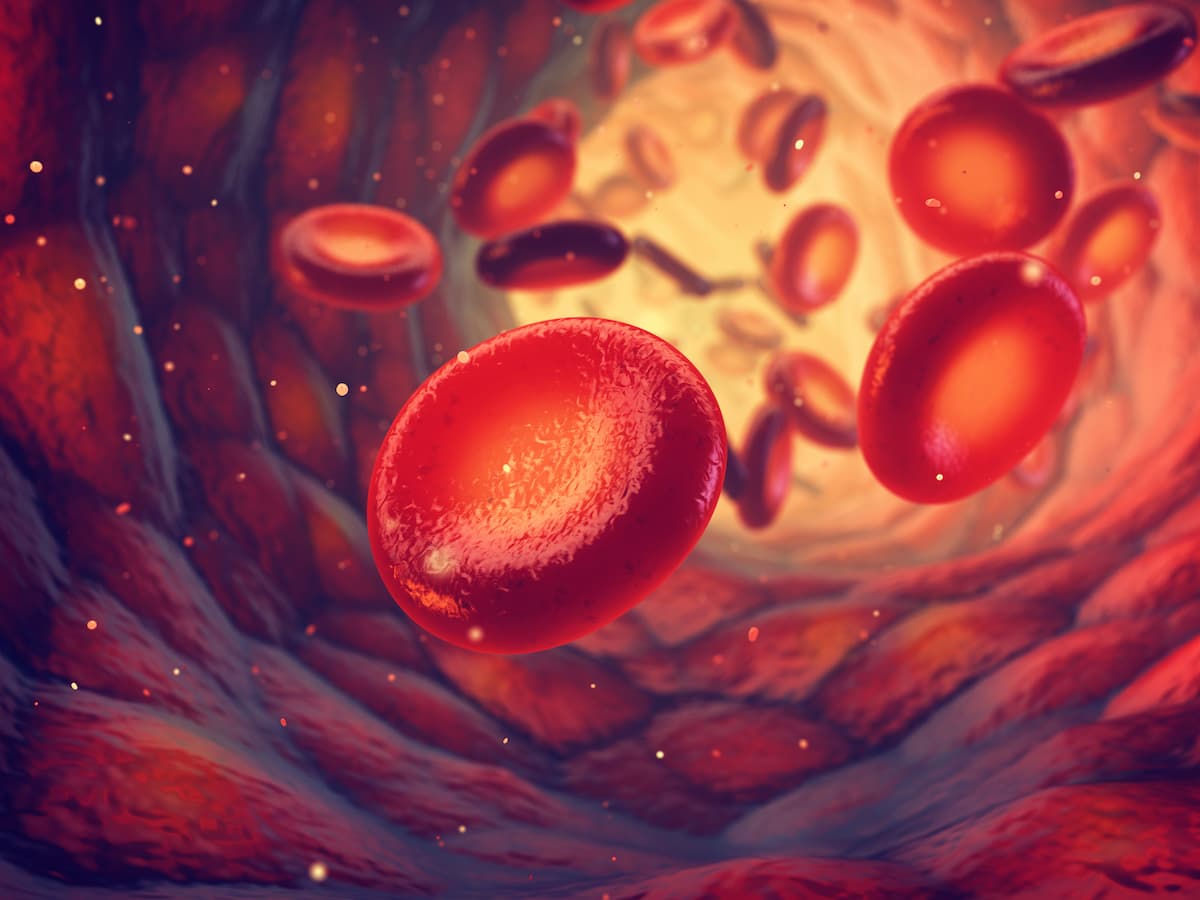Zanubrutinib Improves Responses Vs Ibrutinib in Relapsed/Refractory CLL
Zanubrutinib appears to produce significantly better progression-free survival and overall cardiac safety compared with ibrutinib in the treatment of patients with relapsed/refractory chronic lymphocytic leukemia.
Treatment with zanubrutinib (Brukinsa) improved efficacy outcomes compared with ibrutinib (Imbruvica) in patients with relapsed/refractory chronic lymphocytic leukemia (CLL) and small lymphocytic leukemia (SLL), according to findings from an interim analysis of the phase 3 ALPINE study (NCT03734016).
"The interim analysis demonstrated a favorable benefit-risk profile for zanubrutinib in the treatment of patients with relapsed/refractory CLL/SLL," according to the authors of the phase 3 ALPINE study.

With a median follow-up of 15.3 months (range, 0.1-26.0), the investigator-assessed overall response rate (ORR) was 78.3% (95% CI, 72.0%-83.7%) with zanubrutinib vs 62.5% (95% CI, 55.5%-69.1%) with ibrutinib (P <.001). Among patients with a del(17p) or TP53 mutation, the ORRs were 80.5% (95% CI, 65.1%-91.2%) and 50.0% (95% CI, 33.4%-66.6%) with zanubrutinib and ibrutinib, respectively. In those with del(11q) mutations, the ORRs were 83.6% and 69.1% in each respective treatment group.
“Initial data support the hypothesis that complete/sustained [Bruton tyrosine kinase] occupancy may improve efficacy outcomes and increased specificity may minimize off-target inhibition-related toxicities,” the study authors stated. “The interim analysis demonstrated a favorable benefit-risk profile for zanubrutinib in the treatment of patients with relapsed/refractory CLL/SLL.”
Investigators of the global, randomized, open-label phase 3 ALPINE study compared zanubrutinib with ibrutinib in the treatment of patients with relapsed/refractory CLL. Patients were randomly assigned 1:1 to receive either 160 mg of zanubrutinib twice daily or 420 mg of ibrutinib once daily until progressive disease or unacceptable toxicity.
The primary end point was investigator-assessed ORR. Secondary end points included progression-free survival (PFS), atrial fibrillation or flutter rate, duration of response, overall survival (OS), time to treatment failure, and patient-reported outcomes.
Patients 18 years and older who had a confirmed diagnosis of CLL or SLL with relapsed/refractory disease following at least 1 prior line of therapy were eligible for enrollment on the trial. Additional inclusion criteria included having an ECOG performance status of 0 to 2, measurable disease by imaging, adequate bone marrow and organ function, and a life expectancy of at least 6 months.
Of the first 415 patients who enrolled on the trial, 207 received zanubrutinib and 208 received ibrutinib. Although demographics and disease characteristics were generally balanced between treatment groups at baseline, investigators noted a higher proportion of female patients in the zanubrutinib group (31%) compared with the ibrutinib group (25%).
The median patient age was 67 years (range, 35-90) and 83% were White. Additionally, 51% of patients had bulky disease at baseline, 50% had cytopenias, and 19% had del(17p) and/or TP53 mutations. Patients received a median of 1 (range, 1-8) prior line of therapy, and 9% received more than 3 lines of therapy.
Lymphocytosis returned to baseline in roughly 3 months and 4 months for the zanubrutinib and ibrutinib treatment groups, respectively. Additionally, investigator-assessed PFS at 12 months was 94.9% (95% CI, 90.7%-97.2%) vs 84.0% (95% CI, 78.1%-88.5%) in each respective group (Hazard ratio [HR], 0.40; 95% CI, 0.23-0.69; P <.001). The 12-month PFS rates for patients with or without del(17p) or TP53 mutations were 91.5% vs 74.4% in each respective group.
Additionally, 89.8% (95% CI, 78.1%-95.4%) of patients receiving zanubrutinib had a response for at least 12 months compared with 77.9% (95% CI, 64.7%-86.7%) of those receiving ibrutinib. Additionally, the 12-month OS rates were 97.0% and 92.7% in each respective treatment group (HR, 0.54; 95% CI, 0.25-1.16).
Investigators reported fatal adverse effects (AEs) in 8 patients receiving zanubrutinib and 12 of those receiving ibrutinib. Treatment discontinuation due to AEs occurred among 7.8% and 13.0% of patients in each respective treatment group. Additionally, cardiac disorder AEs occurred in 13.7% and 25.1% of patients in each respective group.
The rate of any-grade atrial fibrillation/flutter was 2.5% with zanubrutinib vs 10.1% with ibrutinib (P = .001). Grade 3 or higher atrial fibrillation/flutter occurred in 2.1% and 9.3% of patients in each treatment group.
The most frequent grade 3 or higher AEs in the zanubrutinib and ibrutinib treatment groups, respectively, included neutropenia (13.7% vs 10.6), hypertension (10.3% vs 7.2%), and neutrophil count decrease (4.9% vs 4.3%). Additionally, serious AEs occurred in 27.5% and 32.4% of patients in each respective treatment group.
Reference
Hillmen P, Eichhorst B, Brown JR, et al. Zanubrutinib versus ibrutinib in relapsed/refractory chronic lymphocytic leukemia and small lymphocytic leukemia: interim analysis of a randomized phase 3 trial. J Clin Oncol. 2023;41(5):1035-1045. doi:10.1200/JCO.22.00510